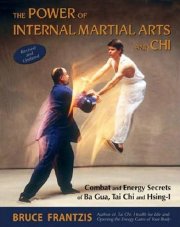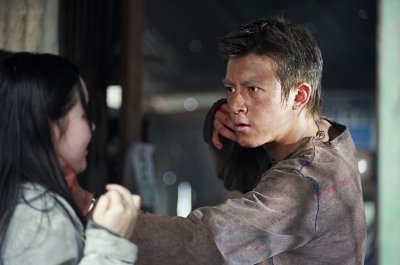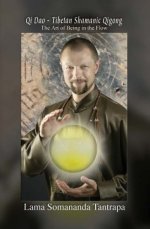Excerpted from Vladimir Vasiliev: Russia’s Mind Warrior is Set to Hit the U.K. by Trevor Robinson
Through training in the martial arts, we begin to pay more attention to aspects of experience that might have seemed peripheral, if not hard to believe before. We begin to start noticing and giving more credence to experiences such as meeting someone for the first time and instantly liking them or disliking them without knowing anything about them. We like their vibes, we can tell if someone is staring at us and when we look up (what makes you look?) we feel we know what they are feeling or that something is going to happen, the phone rings and we know who it is before we answer it. As we allow ourselves to develop new sensitivities, we begin to view the world quite differently.
Training in Psychic Energy
Vladimir Vasiliev is a Master in The System [Systema] and he has an outstanding command of its use. Though he is so humble, I’m sure he would be the first to deny it! What I will relay now is on his personal account of the Psychic Training he received while he was with the Special Operations unit in Spetsnaz. In his own words:
The goal of the training was to make you multi-functional. You were to be able to work effectively in any kind of situation and never fear it. Perhaps more importantly, you were expected to learn how to be creative and act spontaneously. Divergent thinking, being able to come up with unconventional and unusual responses and decisions in different situations was an absolute necessity. You had to be totally adaptable to survive in the unit.
The key to this adaptability was the Psychic Training you received. You were expected to go well beyond the mere physical and psychological mastery to a point where intuition and that sixth sense, that we all have but seldom use, became a part of your daily life.
Awareness, or tapping into your sixth sense, was a focus for many of the exercises. Training classes could run for five hours and in some, you’d be blindfolded for the entire time. You’d have to follow what was going on, do your exercises and come to an understanding of the principles the instructor was teaching without the use of sight.
While sparring, the instructor would also walk around the class looking for trainees who weren’t paying attention to the total environment they were working in. If he thought you weren’t aware of his presence, he’d hit you with a stick over the head, this taught the trainee very quickly to be aware of where everyone was at all times.
At other times, we were brought up into pitch-black rooms and had to guess how many people were in it, if any. We’d also be blindfolded and have to identify colors just by touching colored blocks of paper. Again, awareness was to extend far beyond the normal five senses into the area of the psychic.
Some instructors who were skilled at passing psychic energy would take a few glasses of water and charge them with energy. This was a charge grounded in a psychic form of energy. It was much like touch healing. They’d concentrate on the water and send energy into it through their fingers without touching it. The trainee would then have to come into the room and tell the instructor which classes had been charged with the energy. The purpose behind this exercise was to teach the trainee how, on a mission, to tell if their drink was poisoned. Poison has a much stronger energy than regular water and that energy is discernible to those who have learned to access and use their psychic abilities.







